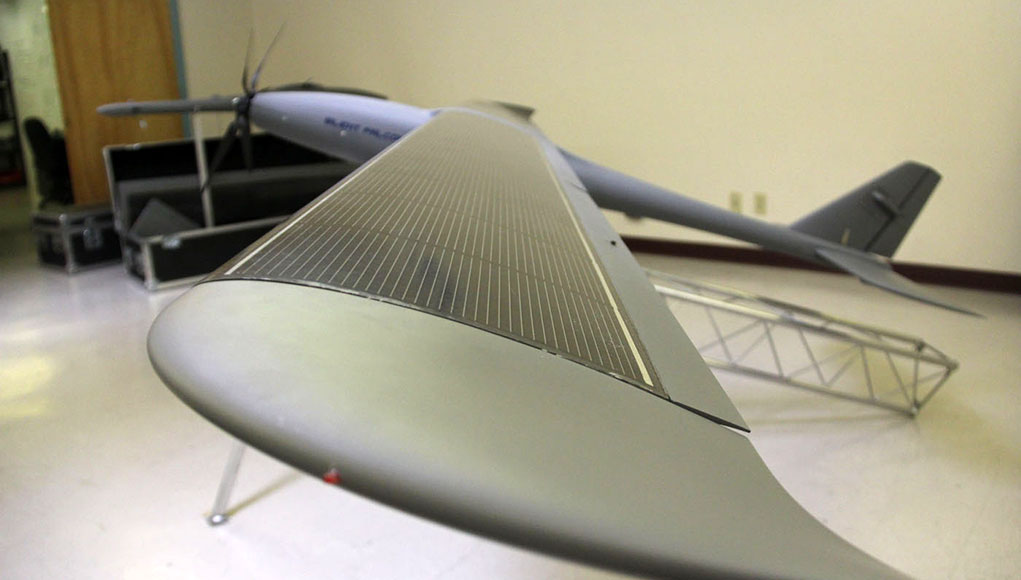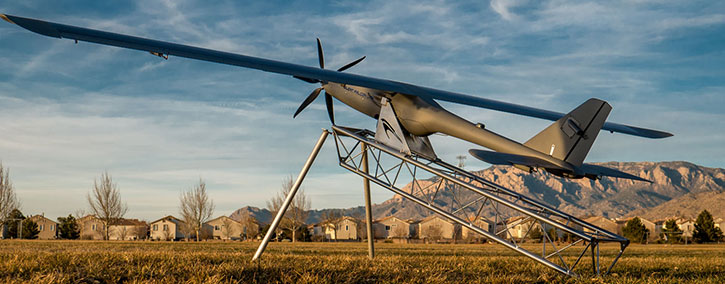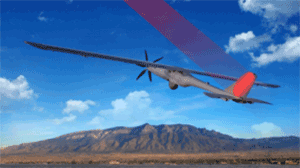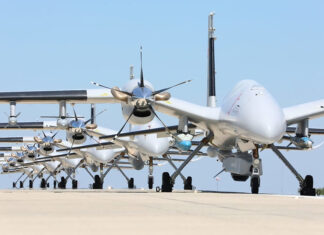
Laser beams are used for numerous applications and when associated with unmanned aerial systems are most likely used as drone killers. But under a new research supported by the US Defense Advanced Programs Research Agency (DARPA), lasers are used as a consistent power source for drones. DARPA plans to demonstrate this capability under the Stand-off Ubiquitous Power/Energy Replenishment – Power Beaming Demo (SUPER PBD), which will extend the mission of a Silent Falcon solar electric UAS using laser power.

Designed for long endurance, long-range missions Silent Falcon uses solar arrays to charge its batteries and power its motor, avionics, and payloads. The test will demonstrate the feasibility of recharging the batteries on board, in flight, by using a laser light source, allowing for indefinitely long flight times by using concatenated “Fly” and “Fly & Charge” cycles removing the need to land to refuel.

According to a drawing published by Silent Falcon, the light energy transmitted by the laser will be picked by photovoltaic receiving arrays added to the vertical tail. This configuration will enable the use of ground-based lasers with an adequate efficiency that could not be provided by the wing mounted arrays.
“We believe that this project will demonstrate that remote electric refueling of DoD systems via high energy laser power beaming to extend mission operation time in contested and remote environments can be delivered to the warfighter in the near future”, said the project’s DARPA lead, Joseph A. Abate PhD.
Similar tests conducted by PowerLight have demonstrated about 25 percent energy transfer efficiency by laser beams. PowerLight also offers its power transmission technology to power unmanned underwater vehicles (UUV) tethered by fiber optical cables.




















